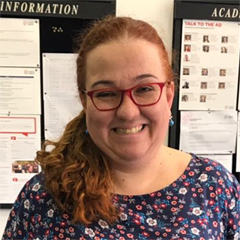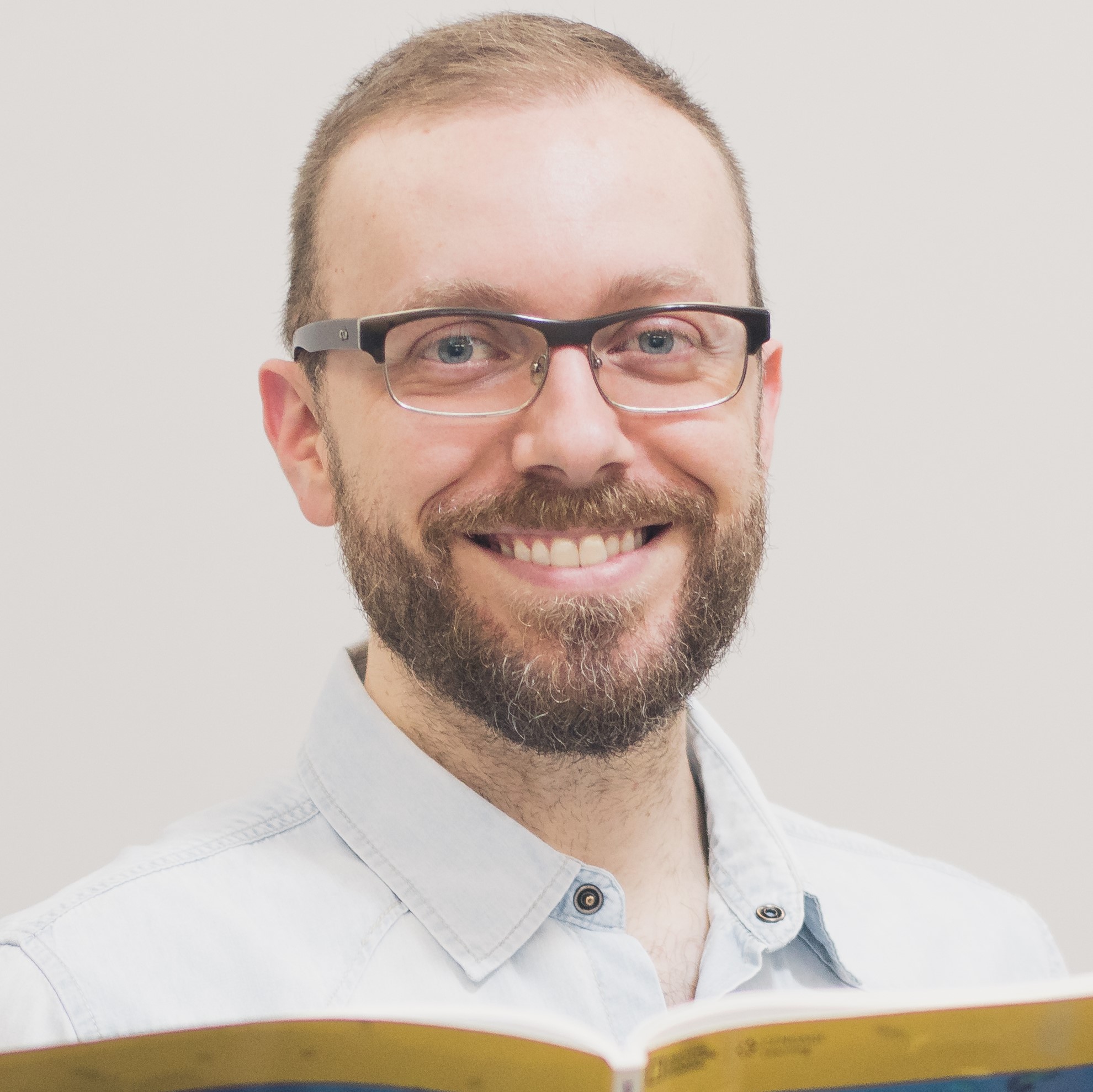Standing the test of time
Monday, 6 p.m., the sun peeking through the blinds in the brick and mortar language school building in Brazil. The teacher enters the room carrying a bag of props, flashcards, and her tape recorder. The recorder being to her as precious as a map to a Geography teacher:
“Hi, John Peter! How are you today?” asked the teacher in a high-pitched voice.
“I’m fine, thanks. And you?” replied the monotoned student. The automatic, “I’m fine, too,” followed.
“So… Let’s begin! Open your books to page 50,” she continued while rewinding and pausing the noisy tape recorder trying to find the right track. “Now, listen to the dialogue and repeat. The boys will play the part of Mark Ryder, and the girls will play the part of Allie Gray.”
You got the gist. I’ll stop! Don’t worry! You are not in a DeLorean heading back to the 90’s. While many of us teachers learned English that way, the era of finger-snapping, repetition-drill loving, first-name translating teachers is behind us. These ole Cartesian practices have been replaced by communicative approaches, and teaching a language has been gradually replaced by teaching in a language. The recorders and VCRs made room for CDs, DVDs, MP3 players, computers, Interactive Whiteboards, tablets, the Internet and the cloud.
ELT and technology have walked hand in hand and teacher training, on its turn, has become the elephant in the room. A number of devices have been sold by publishers and franchises alike as the latest flavor and, although several countries have done institutional efforts to modernize their equipment by investing in technology and measuring the effects of integrating computers in language learning, many teachers have been experiencing setbacks in incorporating these technologies to their classes. The reasons are numerous. Some of them involve inadequate infrastructure, limited access to technology, lack of training and personal expertise, insufficient technical support, poor planning, and above all, little belief from the teachers themselves in the power of such resources and integration.
When it comes to innovation, it’s easy to preach for the converted. Nevertheless, there is still a number of teachers who feel embarrassed to ask for help. The famous quote from Arthur C. Clarke, which says: “Any teacher who can be replaced by a machine should be”, does little to help the group. A teacher community should be no different than a support group and, in that sense, I, Ana, index-finger typing, phone-throwing teacher, together with Lucas, thumb-typing computer geek/engineer, would like to invite you on a trip down memory lane to the days in which we had to call the radio station, ask the DJ to play a song the students wanted to learn, record the song on tape, and listen to it over and over until we were finally able to transcribe the lyrics. And that was only half of the job. Once we had the lyrics down, we still needed to sit in front of a typewriter, type the lyrics and activities or have the secretary do it, and only then would it be ready for photocopying to be used in class.
Well, if you thought of a number apps and websites that would do that work for you, you’ve probably come this far, too. You survived. What do teachers like us, who survived the test of time, have in common? Resilience! They took their lemons and turned them into lemonade, they took advantage of the advances in multimedia technology by integrating technology-aided teaching and learning to their instruction. How? By using ready and extensively available, free online tools and discovering how to use them by means of social networking, communities of practice and discussion boards, such as this very blog.
Co-author: Lucas Calabrez Pereyra, MSc.
Lucas Calabrez Pereyra is a computer engineer and an MSc. in medical sciences, at the University of São Paulo. He has worked as an EFL teacher for over 20 years, and also as a college professor. A technology, arts and education enthusiast.





